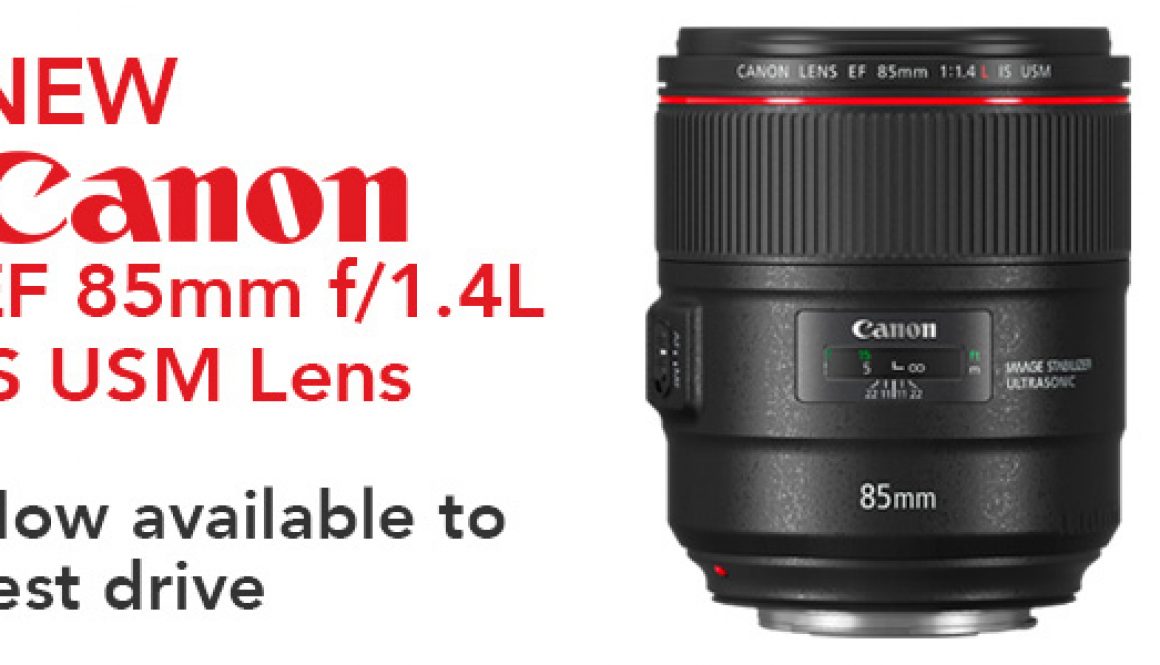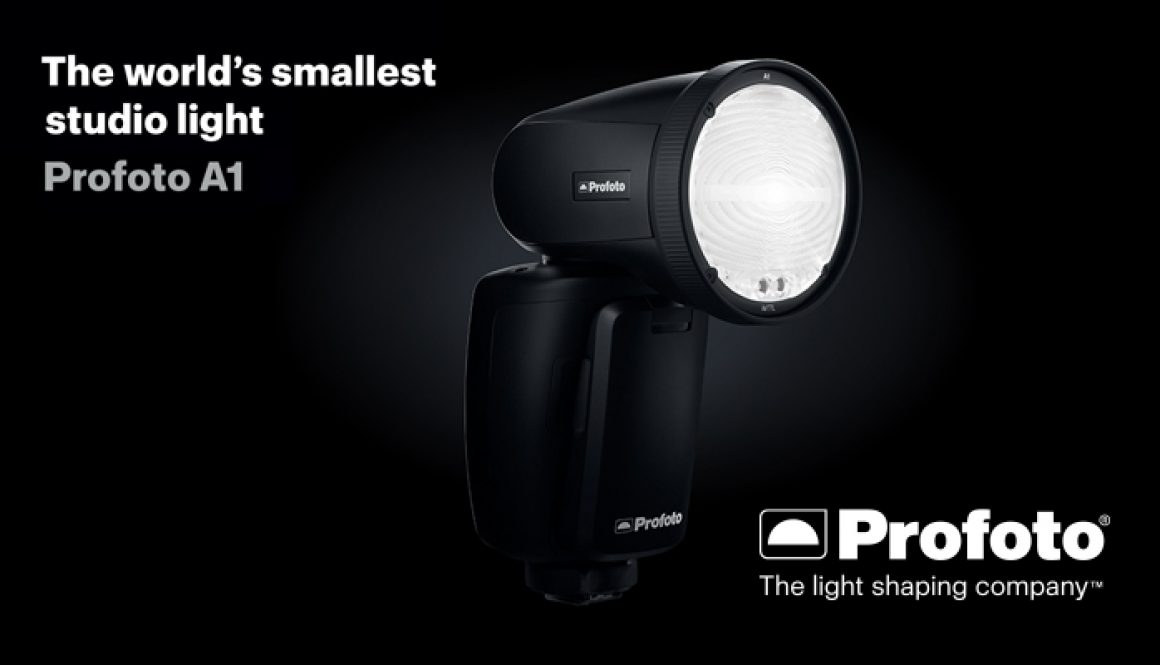New Canon Lens Available for Test Drive: EF 85mm f/1.4L IS USM

Key Features
- Advanced optical design provides exceptional image quality
- Large, bright aperture for a focused performance in all light levels
- Smooth and precise 4-stop image stabilisation
- Responsive, high-speed and precise AF for rapid focusing agility
- Durable construction and excellent weather resistance
Arrange a Test Drive
Contact Mark Maher in Image Supply Systems on 01 478 2520 or email mark@imagesupplysystems.com
Path to the perfect portrait
Created following feedback from photographers around, the EF 85mm f/1.4L IS USM has been designed to produce flattering skin tones and beautiful perspective for stunning portrait and wedding photography. Featuring a new 14 elements, 10 group, lens design, the EF 85mm includes high-quality, high-precision elements to correct chromatic aberration and to deliver the optical performance required by the latest high-resolution sensors. The quality of the image is further enhanced thanks to Air Sphere Coating (ASC) technology. This ultra-low refractive index layer on the EF 85mm eliminates image flare and ghosting to ensure clear and attractive images.
The EF 85mm is equipped with an Electro Magnetic diaphragm, which uses a wide f/1.4 aperture comprised of nine blades. This allows the lens to capture an attractive “bokeh” look, which is essential for striking shots. The aperture is also capable of transmitting more light to boost exposure and depth-of-field control. This fast aperture performance is crucial for standout portraits where the subject is the key focal point. Photographers can also enjoy unparalleled stability via the EF 85mm’s 4-stop image stabilisation, which prevents camera shake from ruining images. The combination of image stabilisation and fast aperture make the EF 85mm perfect for use in videography.
The EF 85mm has a high-speed ring type Ultrasonic Motor (USM) driven Auto Focus (AF), which works with the lens CPU and the camera’s AF algorithms to provide fast and accurate AF. The USM driven AF is also completely silent, which supports a photographer’s ability to shoot great images discreetly at events such as weddings. The AF also features a full-time manual override and is compatible with the entire family of Cinema EOS cameras.
The lens also benefits from the enhanced durability provided by Canon’s L-series lens construction. Thanks to the EF 85mm’s weather sealing, dustproofing and fluorine coating, this lens has been specifically designed for tough and variable weather conditions.
The complete package of features included in the EF 85mm makes this lens the perfect tool for all portrait photographers. It’s perfect for anyone who needs a versatile telephoto lens that can cope with many situations including weddings, events, studio or indoor/outdoor photography.
Full specifications available here
Pricing & Availability
- €1395 ex. VAT
- Available now



